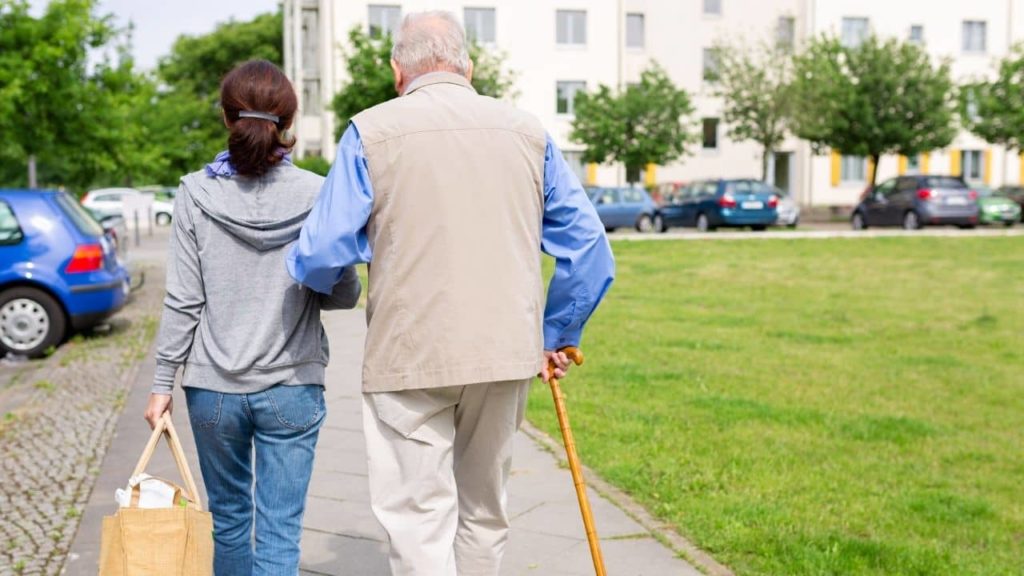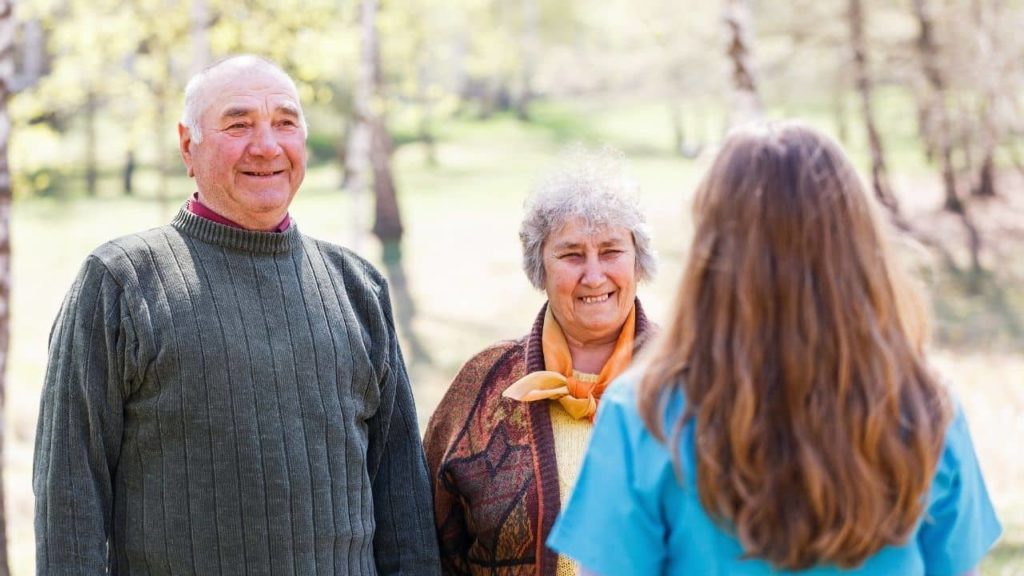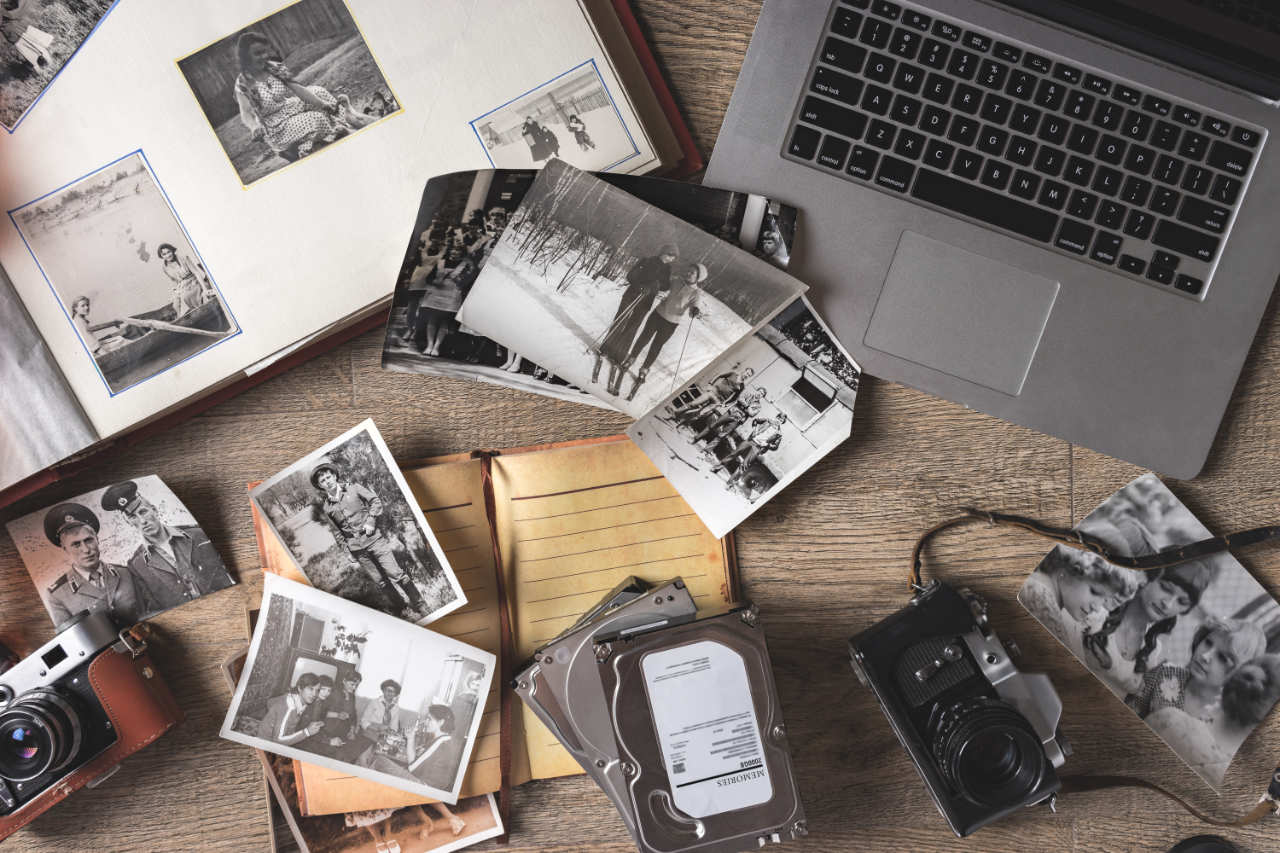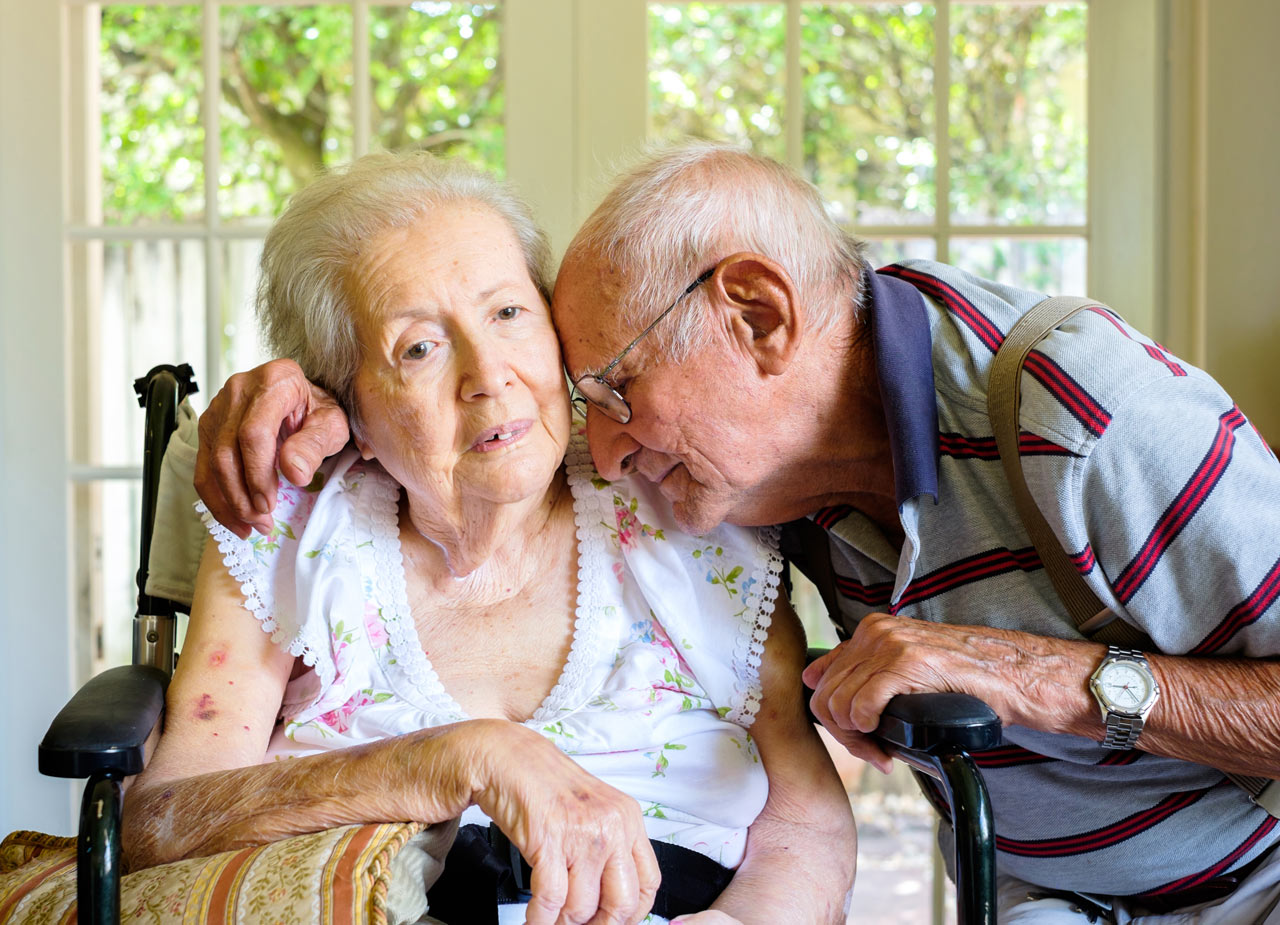A team approach will benefit your loved one. Family members as well as aides who communicate clearly and regularly will create a warm, nurturing environment in the home of the patient. Moreover, she or he will thrive when everyone gets along, shares information, and does fun things together.

- Decide on one primary family member who will communicate with the aide and the agency. Others may participate in the care but there should be one designated contact for the outsiders; the responsibility of that family member will be to coordinate the schedule with the scheduler and talk to the coordinator as well as notify the aides of changes. Management of paperwork in other areas is a separate responsibility.
- All family members and their spouses, however, are members of the caregiving team, even if they only do grocery and pharmacy runs. For the sake of clarity and efficiency, information should be shared in a central place. Buy a large loose-leaf binder, tabs, and some plastic sleeves for keeping the information clean. Create sections for medication schedules, a calendar with doctor, Medicaid, and other appointments, and grocery lists. A list of important contact numbers should be at the front of the binder as well as a health history including previous hospitalizations and significant events.
- The care plan should be in the binder. This is the official document that outlines the tasks and goals of the home health aide (HHA) or personal care assistant (PCA). It will be helpful to every member of the team if this is accessible because it is a detailed plan drawn up by the home care agency’s nurse, based on the doctor’s signed form that originally certified that the person requires home care. All will be able to see the goals and objective of the care plan, which is valid for 180 days unless there has been a hospitalization. If there has been an admission, the home care nurse will make another visit and update it, based on the patient’s current status.
- Take the time to write out a brief biography of the patient. This will help the aide (HHA or PCA) engage your parent in conversation and memories. Include jobs s/he has had, locations s/he has lived in, and information about siblings and offspring. You can use voice to text recording to do this; it will also entice you to give more detail. The more detailed information you provide, the more conversation will be sparked by this subject. It is wise to add information about where the family photos are kept so that these conversations can be followed up by perusal of albums and online exploration of places in the person’s history.
- Make a list of favorites of the senior. Use a page for each category: music, reading material, theatre, games, pastimes (crossword puzzles, collecting recipes, sewing, baseball teams, gardening etc.) even if the person cannot easily engage in them. The caregiver can go online and find sites related to these hobbies, which can then be explored with great interest.
- One section can include suggestions for socialization. Here you would put a list of phone numbers of extended family members (and the relationship) so that the senior can call a great niece or nephew to chat. Using video chats, of course, is best for engagement. Don’t forget to include other members of the senior’s social network-old friends, neighbors, co-workers, senior center members, church members, and fellow club members. You might want to take out the senior’s handwritten phone book and use it as a jumping off point for various lists.
- A final list might include suggestions for rainy day activities. These might include recording oral histories based on items in the house such as photographs, paintings, kitchen items, items of clothing worn on special occasions, and old books. Write down some general questions-Can you tell me about this? When did you use this? When did you get this? Who gave it to you? What is the story of this? Make sure to supply a nice blank book or notebook for these chronicles or a voice recorder.

Other activities might include sending out cards, but you have to supply the calendar of birthdays and anniversaries as well as blank cards, stamps, and an address book. Creating holiday decorations is another good activity for a dull day. Keep a box of art supplies and materials for the enjoyment of both patient and caregiver.
Investing time to talk to the aide about her own favorite hobbies will be worthwhile. If you will supply the necessary supplies, both may discover mutual interests and talents and while away hours trying new and old hobbies. Treat the caregiver as a person with a life and a family and she will treat your parent with dignity and respect.






